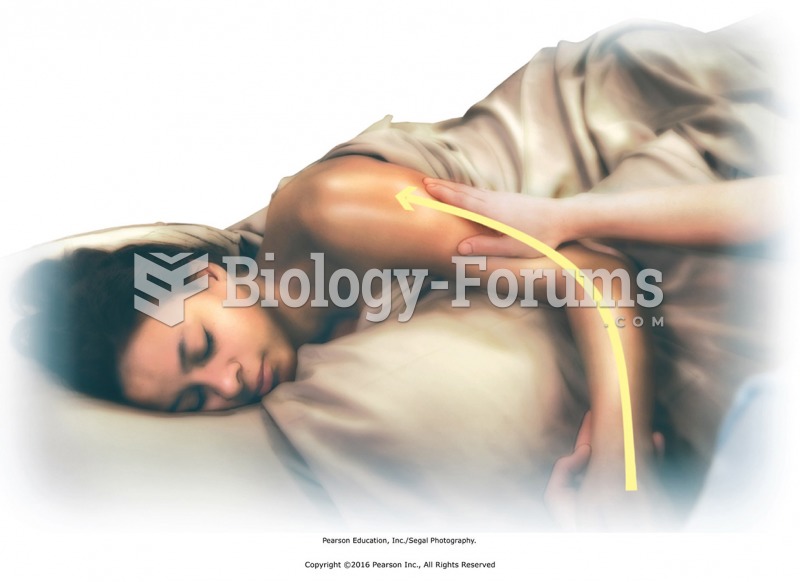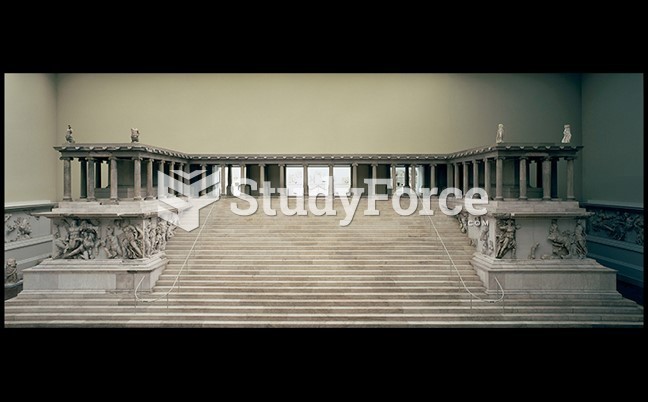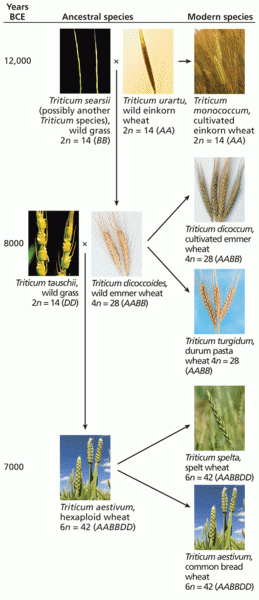Question 1
Hard-line defenders of slavery who convened a Southern rights convention in Nashville to devise and adopt some mode of resistance to Northern aggression were known as __________.
A) Young Americans
B) conductors
C) Confederates
D) fire-eaters
Question 2
Based on this photograph of this street scene in Levittown, New York, what was one distinguishing feature of the postwar suburbs?
A) standardized homes lacking any distinguishing characteristics
B) narrow streets that made driving cars difficult
C) lack of yards for gardening or for children to play in
D) lack of safe paths for children to get to school or for walkers
Question 3
How did drop-leaf bookcases with writing surfaces such as the one shown on the left side of this image reflect deeper changes in colonial society and economy?
A) New pieces of this type of furniture were symbolic of the expanding trade networks in the
British Empire and the growing wealth of the merchant class in the colonies.
B) Writers and poets now had resources to develop a unique American literary style.
C) Furniture with writing surfaces promoted a higher level of educational advancement available
to all levels of colonial society.
D) Members of colonial assemblies had greater opportunities to develop local legislation from
their homes instead of having to travel to distant cities where the assemblies met.
Question 4
How does this photograph of a carpentering class at the Hampton Institute reflect Booker T. Washington's ideas of how African Americans should achieve success?
A) It fosters an image of African Americans as superior craftsmen.
B) It calms the fears of white supremacists by showing blacks working menial jobs.
C) It shows young men working at a trade school to gain skills necessary for advancement.
D) It shows young men silently demonstrating their fitness to attend a desegregated school.
Question 5
What do the sheaves of wheat in front of the goddess Minerva and the ships in the background of California's great seal imply about Californians' vision of their state's future?
A) California's economy would be dependent on slavery.
B) Californians envisioned a robust economy based on agriculture and commerce.
C) California's economic success depended on its harbors located on the Pacific coastline.
D) Californians believed that economic success was only possible through the mining industry.
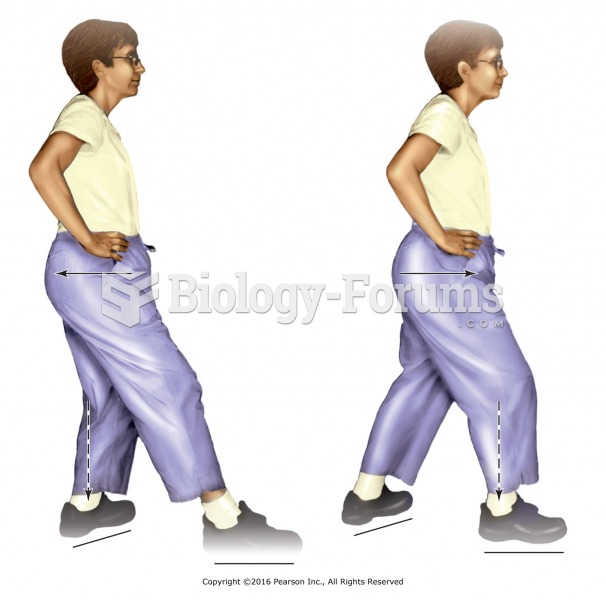 Tai chi stance with front foot pointing straight ahead and back foot at 45° angle, heels in line, ...
Tai chi stance with front foot pointing straight ahead and back foot at 45° angle, heels in line, ...
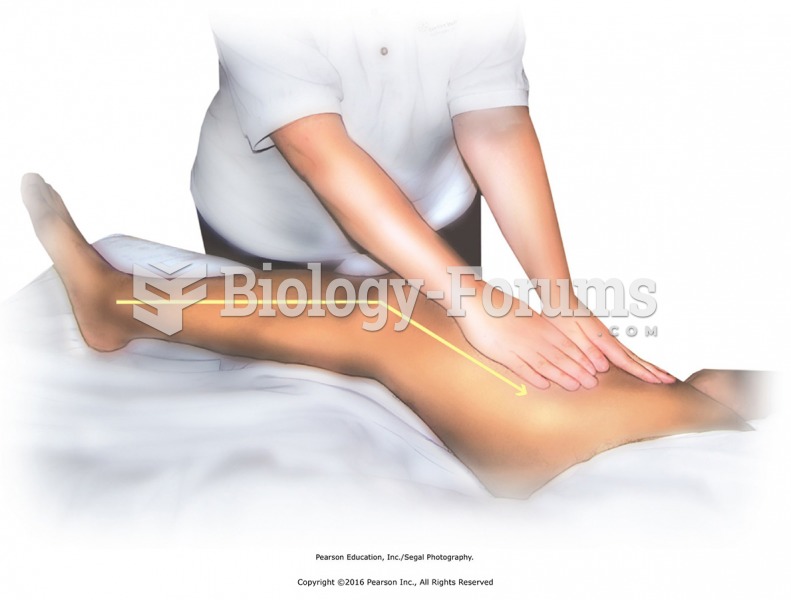 Effleurage to leg and around hip joint. Slide palms over the front of the leg as a connecting and ...
Effleurage to leg and around hip joint. Slide palms over the front of the leg as a connecting and ...



